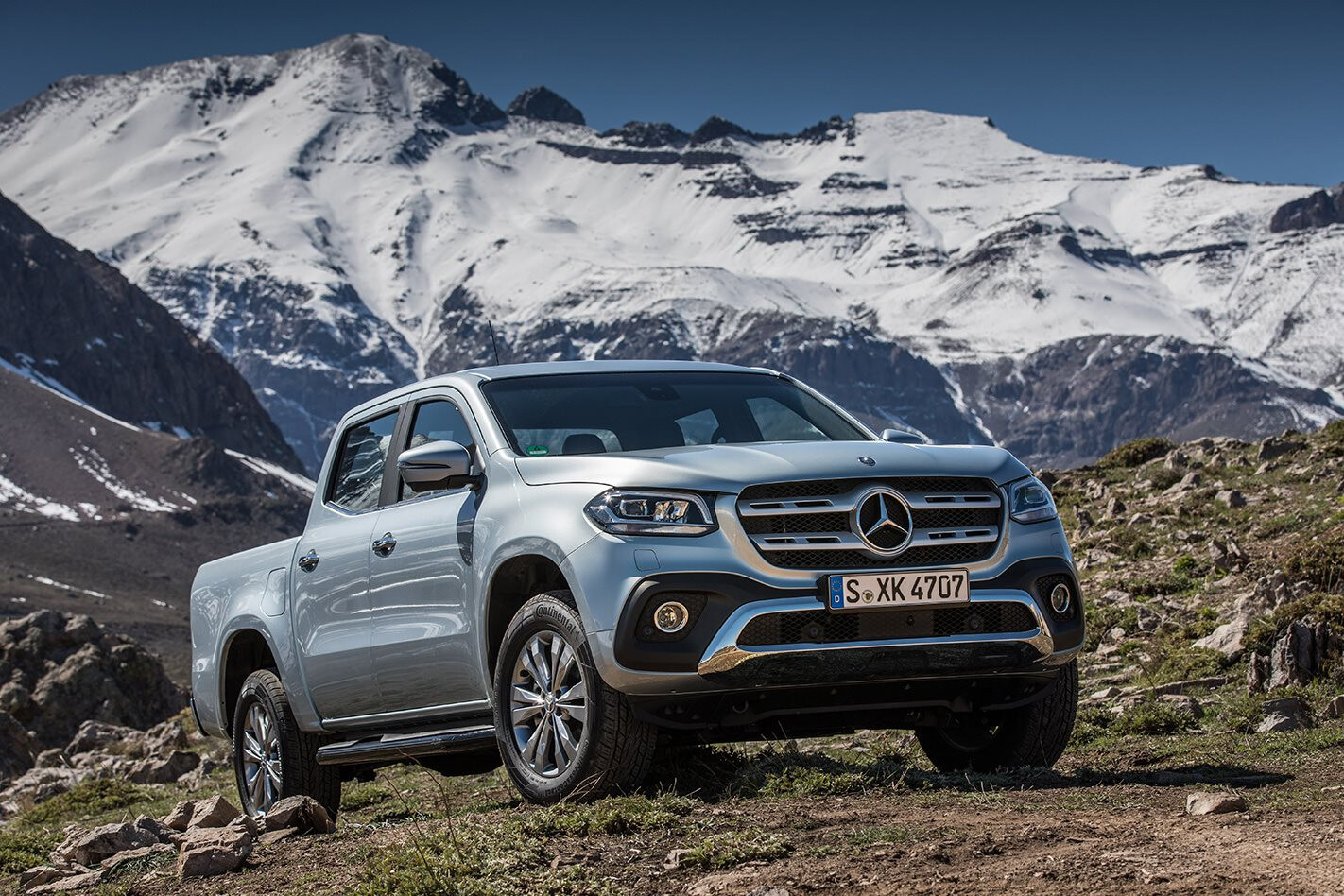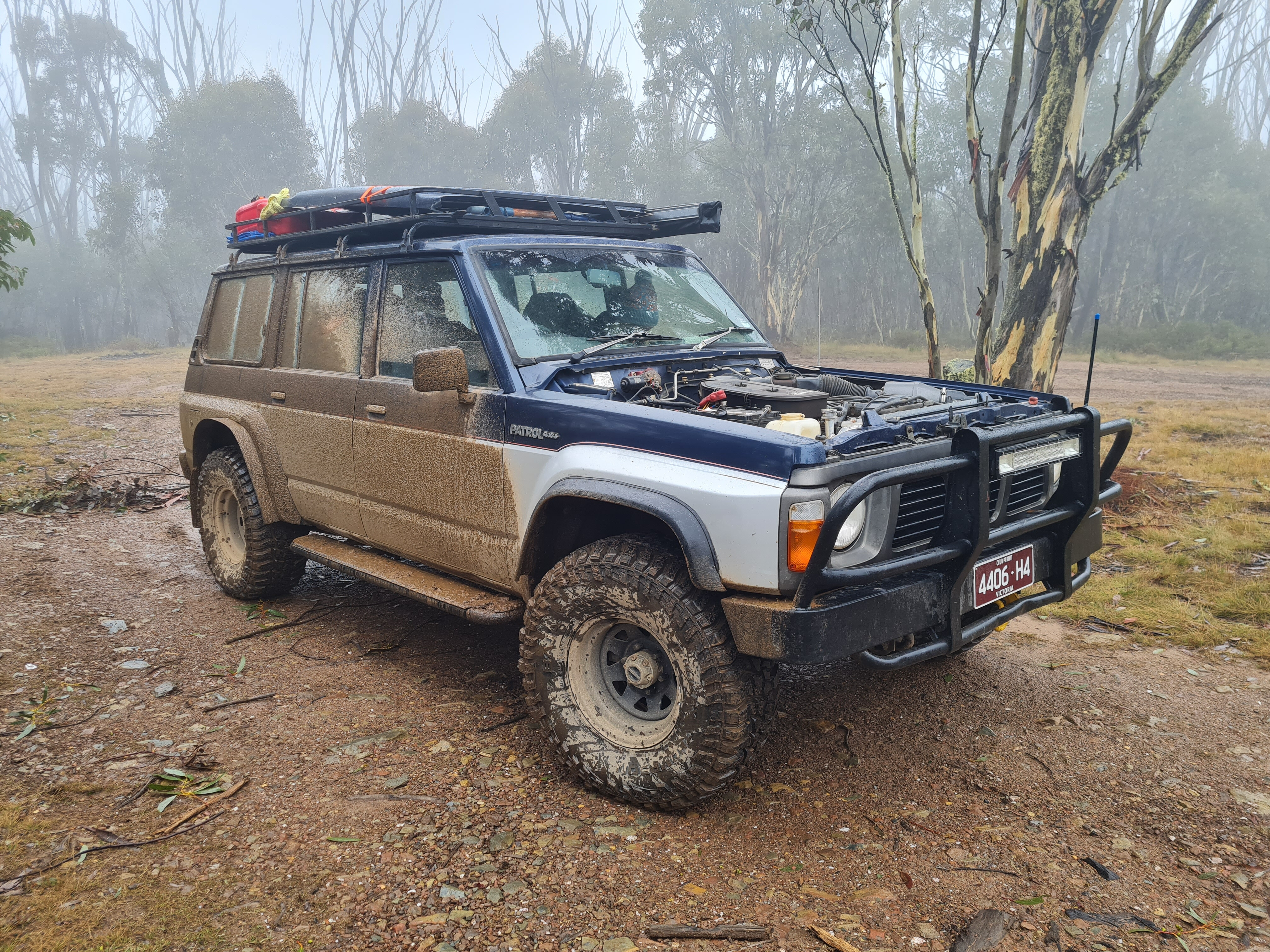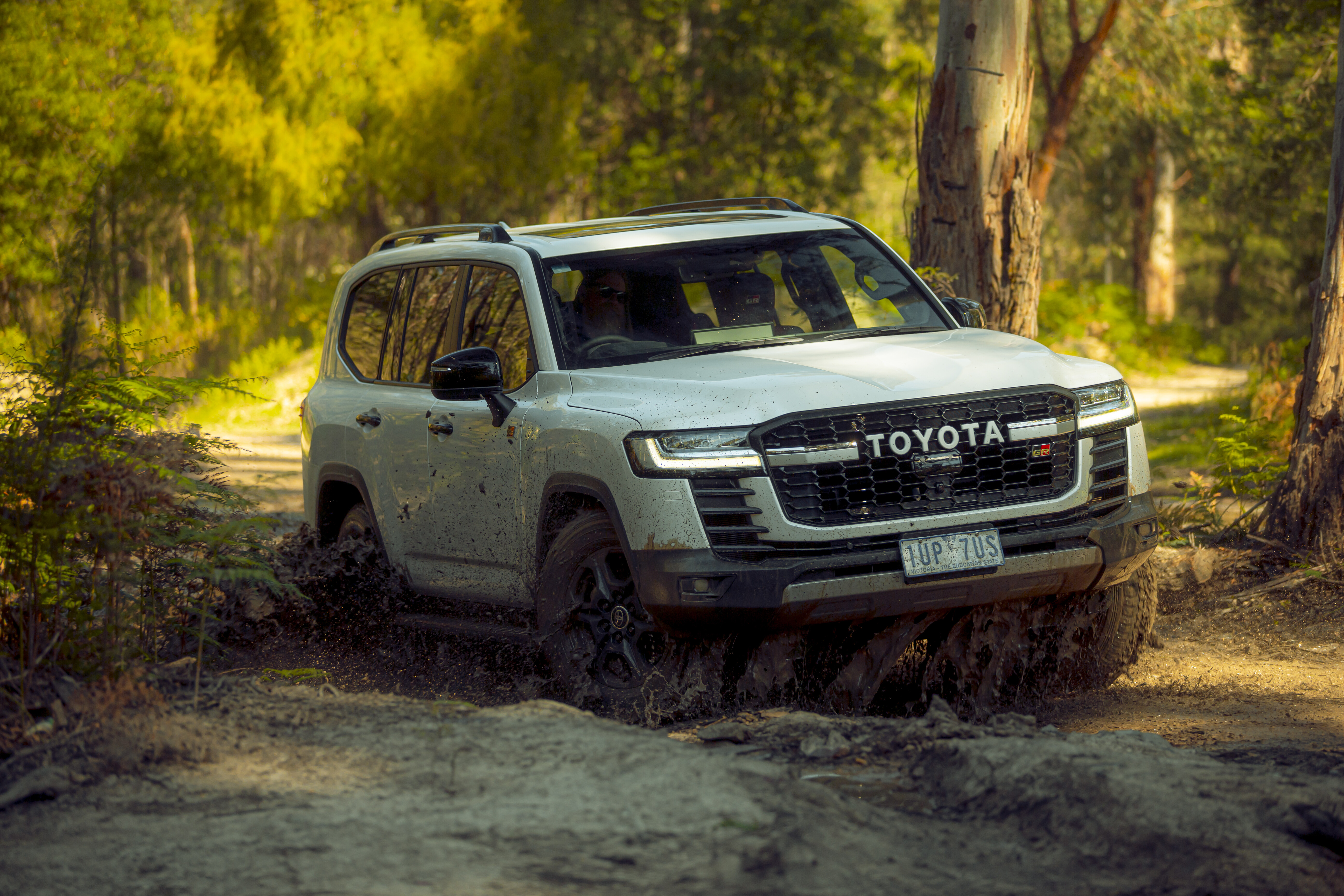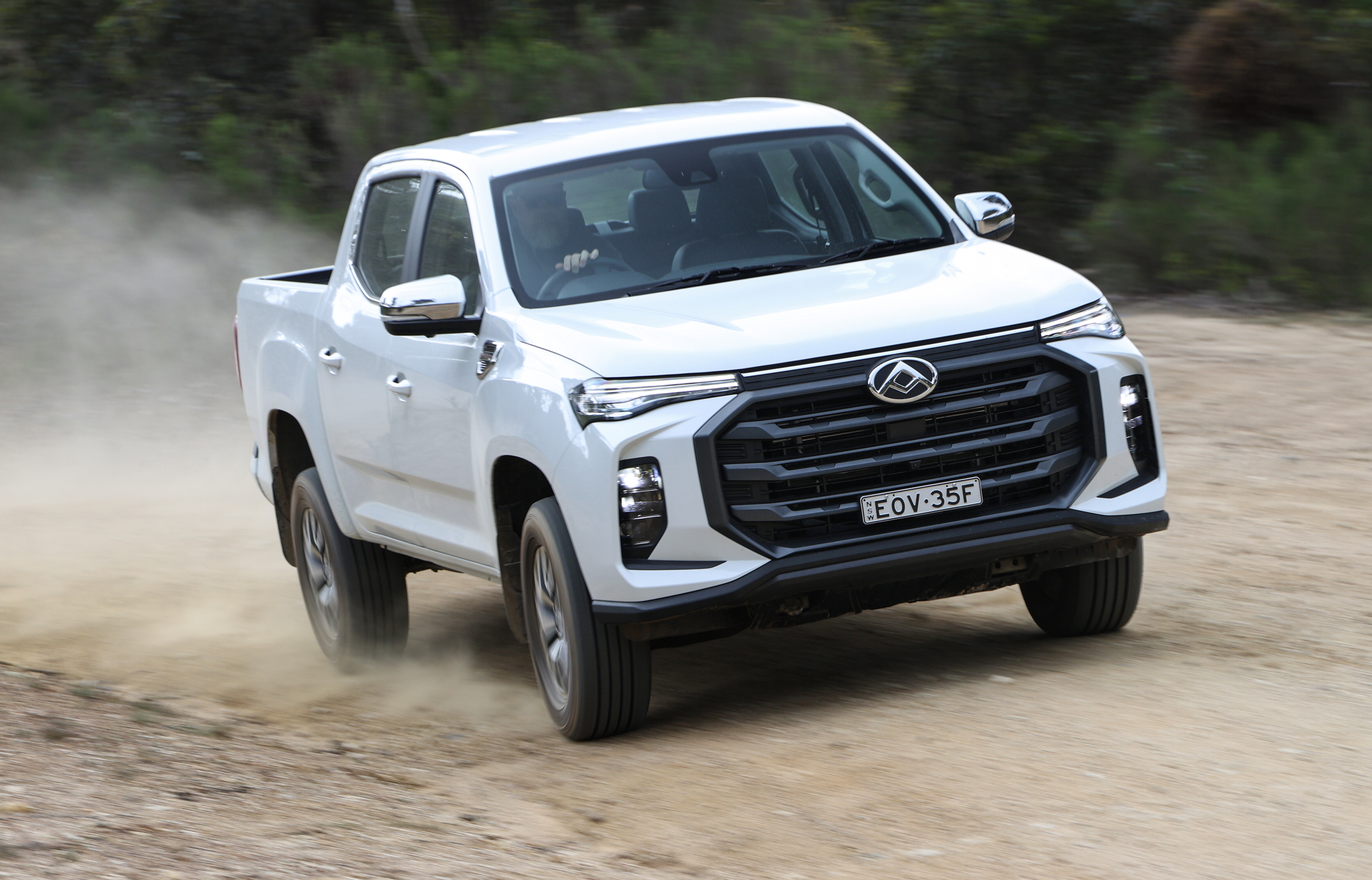LET’S get this straight right from the get-go: Mercedes-Benz’s new X-Class ute is a lot more than just a Nissan Navara with a flash grille tacked on to it.
The Germans have given the donor D23 a thorough going-over to create the X-Class, and the version that wears the three-pointed star is a completely different vehicle.
Yes, the X is built on the Nissan chassis, but the chassis rails have been braced and altered where needed to improve NVH and dynamics. Chassis crossmembers have been altered and an extra one added for the same reason, and the suspension mounting points have been tweaked.
The axles under the chassis are wider by some 70mm, and the rear axle is a Mercedes-Benz unit that features disc brakes in lieu of drums. The double-cab body also comes from the Nissan, but all the external sheetmetal is new, the cabin is wider and, as such, both the front and rear screens are wider.
Only the side glass is carried over. The new roof panel bulges upwards to allow a taller seating position in the rear pew, and the cargo tub is all new and bigger than that on the Navara. The body has been braced where needed, and extensive sound insulation has been used to reduce cabin NVH.
The four-cylinder engine and driveline is carried over from the Navara, but Mercedes-Benz played with the engine mounts and used its own engine control software to reduce engine noise.
Power and torque figures remain the same as they are in the Nav, and the seven-speed auto is also the same one used in the Navara – as is the six-speed manual; however, Benz has implemented a cable-linked gear shifter to again reduce vibration in the cabin.
The V6 diesel engine will be Merc’s own 3.0=litre unit and will be backed by a Merc seven-speed auto and full-time 4×4 with low range – no, this isn’t the V6 diesel that was used previously by Nissan in the D40 Navara. The X350d won’t be available until mid-2018, while the four-cylinder X220d and X250d models will go on sale in Australia in April.
So the X-Class isn’t all-new, but it’s no Navara either. You could say that Mercedes-Benz has done a mighty fine job of re-engineering and improving the Navara. Australian pricing for the X-Class is yet to be revealed but is expected ahead of its 2018 local launch.
Our tip is that to be competitive in the already hot one-tonne 4×4 ute segment the X220d and X250d variants will need to be priced close to other utes already in the market, particularly for the lower spec Pure and Progressive models. However, Mercedes-Benz will be able to set more of a premium on its range-topping V6 X350d Power variant.
As was reported from the unveiling of the X-Class back in July, it will come to market with a choice of three grades with three engine options, and with either a part-time or full-time four-wheel drive system depending on the engine selected. Only a double-cab body style will be offered, but both traditional ute and cab-chassis cargo areas will be available.
Our drive in Chile last week was of the X250d in both Power spec (with the seven-speed auto) and Progressive spec (with six-speed manual).
Power is the top specification of X-Class and adds chrome trim to the body-coloured bumpers, 18-inch alloys, LED headlights, ARTICO man-made leather seats and dash trim, dual-zone climate control, COMAND infotainment system, and eight-speaker audio and keyless entry, among its many standard features. This is the vehicle we think best represents the Mercedes-Benz brand.
Drop down the range to the Pure spec and you feel like you’re in a commercial vehicle with its standard air-conditioning, vinyl-covered floors, basic equipment, 17-inch steel wheels and unpainted black bumpers. The X-Class does fall under the Mercedes-Benz Vans division and not the passenger cars one, after all.
In between the two is the Progressive spec, which we feel would have the most appeal to many buyers. On top of the Pure spec it adds 17-inch alloy wheels, body-coloured bumpers, carpeted floors, black cloth-covered seats, Garmin sat-nav and other convenience features including the Audio 20 sound system with seven-inch display screen.
There are also a number of option packs available to add things like climate control air-con, LED headlights, improved audio and navigation systems, and larger alloy wheels.
The X250d Power feels the most like a Mercedes-Benz vehicle. It’s quiet and refined inside, well-behaved on road, and it gets along well with the 450Nm engine back by the seven-speed auto. The big thing is its refinement, as there’s none of the engine noise transmitted to the cabin that you get in a Navara, and the seats and trims have a luxury feel.
The suspension soaks up bumps and undulations and keeps the vehicle pinned through sweeping bends and controlled on broken and off-road terrain. Notably, the multi-link coil rear suspension is well-behaved and predictable. Mercedes-Benz put a lot of work in to the spring and dampener calibration to optimise the wider wheel track of the X-Class over the Nissan vehicle.
The hydraulically-assisted power steering is on par with other one-tonne utes in terms of feel and directness, but the Navara has never been great in this regard and it’s one area we hoped Mercedes-Benz might have improved the vehicle.
Off-road, the engine delivers plenty of low-down torque and traction control works well, but the set off-road course hardly challenged the car. From this drive we could only say that the Benz’s off-road ability is no better than any other one-tonne ute.
Disappointingly the same levels of refinement don’t extend through the X-Class range, as the Progressive and Pure specs don’t get the same level of insulation as the Power; the Nissan engine intake noise was evident when we drove an X250d Progressive with the manual gearbox.
We wouldn’t say NVH levels are a deal breaker, but it lessens the appeal of paying a premium for a prestige marque when it doesn’t deliver in full. Pricing will be a key factor for buyers of the lower specification X-Class models.
The six-speed manual gearbox in the Progressive is smooth and simple in its operation, but it had a whine in top gear when cruising on the highway. It must be said that this was a pre-production engineering vehicle, so we’ll need to wait until we drive the final product to see if it is a genuine fault with the car.
Our launch drive impressions are that Mercedes-Benz has done an amazing job with what it had to work with. The X-Class will slot right in among the top vehicles in the one-tonne 4×4 ute category, yet it remains to be seen just how close to the top it will fit – can it match the Amarok in terms of overall performance and accommodation?
Then there’s the issue of how well it will handle a load in the tray or haul anything close to its 3500kg towing capacity. Answers to those questions will have to wait until we drive it here.
2018 Mercedes-Benz X-Class X250d specs: Engine: 2298cc I4 diesel, 16-valve DOHC Power: 140kW @ 3750 rpm Torque: 450Nm @ 1500-2500rpm Transmission: 7-speed automatic transmission with dual range, part-time 4×4 Suspension: IFS with double wishbones and coil springs (front); multi-link live axle, coil springs (rear) Brakes: four wheel ventilated disc brakes Steering: hydraulic rack and pinion power steering Wheels: 17-, 18- or 19-inch with 255 tyres Price: TBA






